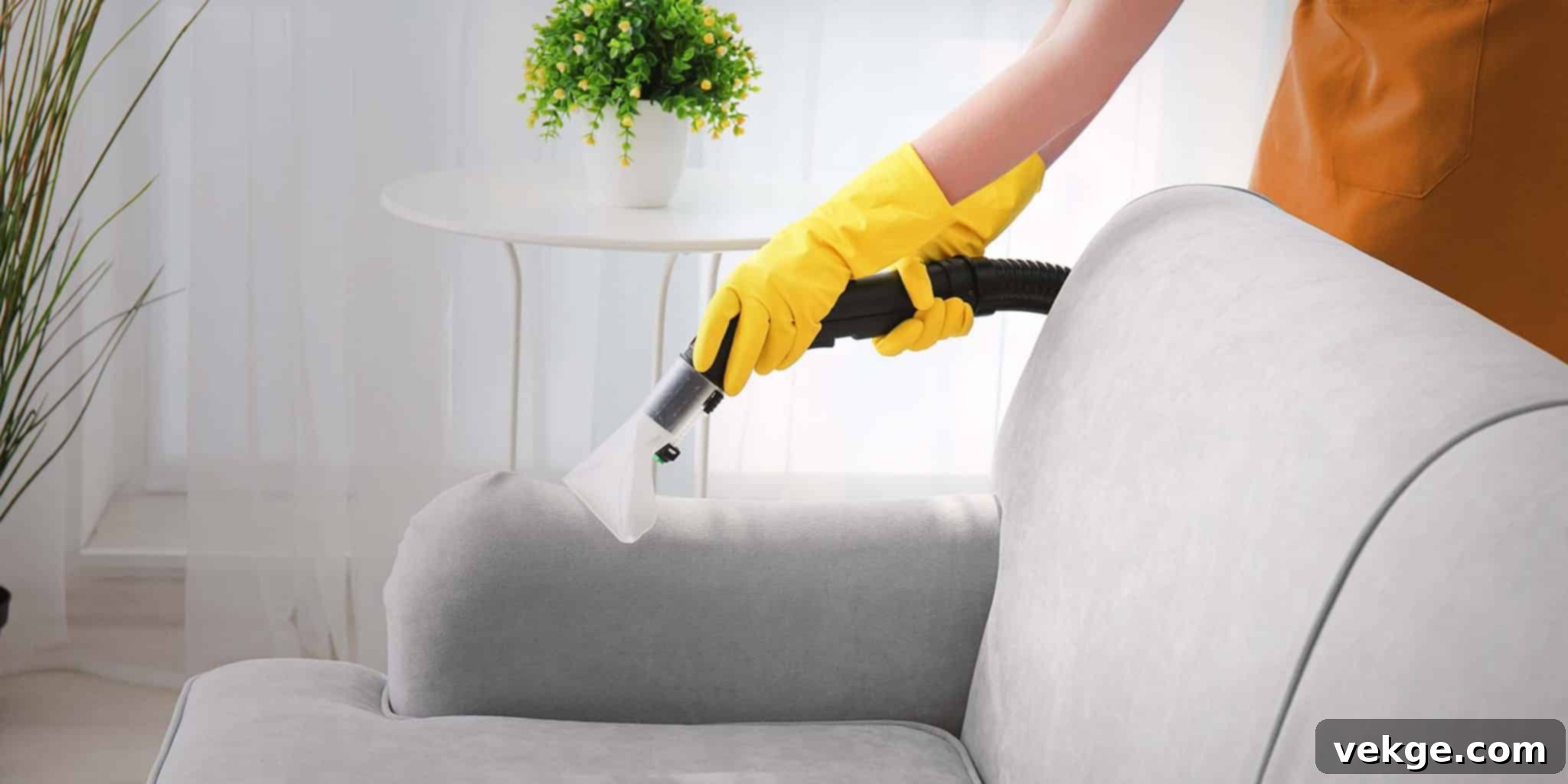How to Deep Clean Your Fabric Sofa at Home: A Comprehensive Guide to Restore its Luster
Is your beloved fabric sofa starting to look a little tired, showing signs of dirt, stains, or a dull appearance? Do you find the thought of tackling a thorough cleaning job yourself intimidating? You’re certainly not alone! The idea of deep cleaning a fabric sofa at home can seem like a monumental task, but with the right approach and a clear understanding of your sofa’s specific needs, it’s an achievable and incredibly rewarding endeavor.
A clean sofa doesn’t just improve the visual appeal of your living space; it significantly contributes to a healthier and more inviting home environment. It feels fresh, welcoming, and can dramatically extend the life of your furniture investment. While professional sofa cleaning services are always an option, many common issues can be effectively addressed with a bit of knowledge and effort from the comfort of your own home. This guide will break down the process into simple, manageable steps, helping you achieve a spotless and vibrant couch.
Before we dive into the nitty-gritty of cleaning, you might be curious about the factors that contribute to a sofa’s overall longevity. For an in-depth exploration of furniture durability, we invite you to check out our previous blog post covering the best sofa brands known for their long-lasting durability. But for now, let’s focus on bringing your current fabric sofa back to life, restoring its original luster with our comprehensive at-home cleaning guide.
Essential Considerations Before You Start Cleaning Your Fabric Sofa
Deep cleaning a fabric sofa is more than just applying a cleaner; it requires careful planning and a thorough understanding of your specific upholstery to prevent damage and ensure an effective clean. Many homeowners postpone this task due to perceived difficulty or lack of time, which is why we emphasize that consistent, simple maintenance alongside occasional deep cleaning can make a huge difference. To ensure a successful and safe cleaning experience, consider these crucial factors before you even reach for a cleaning product.
1. Always Check Manufacturer Cleaning Instructions
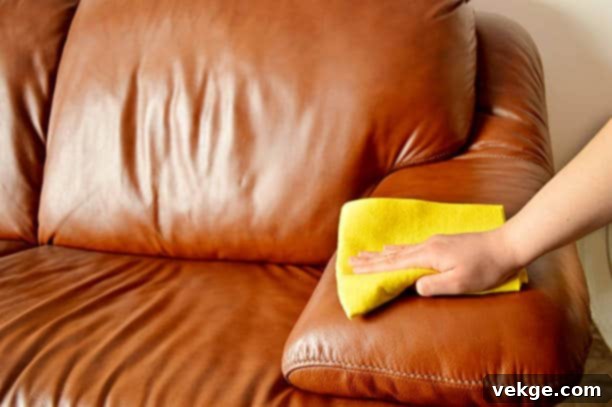
The first and most critical step before attempting any form of cleaning is to locate and meticulously review the manufacturer’s care instructions. These vital guidelines are usually found on a tag securely attached to the sofa, often hidden under a cushion, on the underside of the frame, or even stitched into the upholstery itself. Fabric sofas are constructed from a diverse range of materials, including delicate silks, breathable cottons, opulent velvets, durable linens, and practical synthetic blends. Each of these materials reacts uniquely to various cleaning agents and methods. Ignoring these specific instructions can lead to irreversible damage such as fabric shrinkage, noticeable discoloration, unsightly watermarks, or even the breakdown of the fabric’s integrity. Always prioritize and strictly adhere to the manufacturer’s recommendations for your particular sofa model to ensure its longevity and appearance.
2. Consult Hang Tags for Additional Information and Symbols

Even in instances where a comprehensive, printed cleaning guide isn’t immediately available, smaller hang tags or labels often provide crucial insights into your sofa’s care. These seemingly insignificant tags, usually stitched into the upholstery or attached to a cushion, contain standardized symbols and codes that dictate the recommended cleaning method. Reputable and premium sofa brands, in particular, often include detailed care instructions on these tags, covering everything from routine daily maintenance tips to specific washing guidance for removable cushion covers and overall fabric care. Understanding these concise yet informative tags is absolutely essential for proper maintenance and for preventing accidental damage that could easily occur with incorrect cleaning products or techniques.
3. Deciphering the Universal Sofa Cleaning Codes
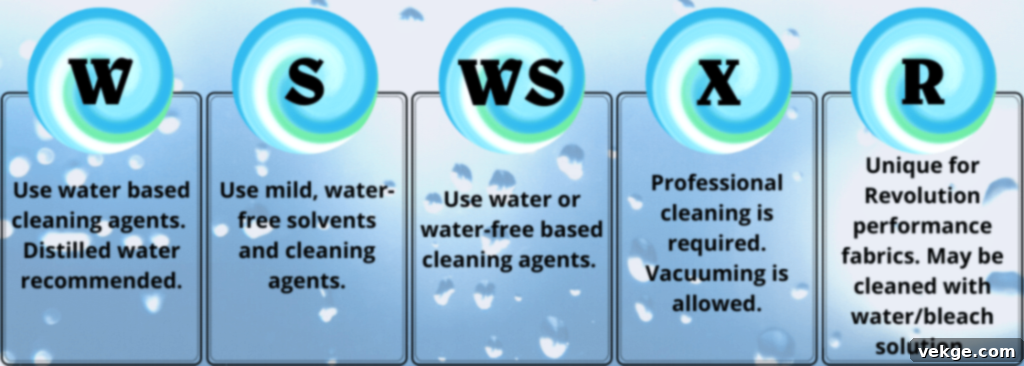
Perhaps the most vital piece of information you’ll find on a sofa’s care label is its specific cleaning code. These codes are standardized across the upholstery industry and specify the exact type of cleaning agents and methods that are safe and effective for the fabric. There are four primary codes you’ll encounter: W, S, W/S, and X. Each code acts as a strict, non-negotiable guideline, telling you precisely how to clean your fabric without causing irreversible harm. Misinterpreting or, worse, ignoring these codes is a common mistake that can lead to permanent staining, shrinkage, or texture alteration, rendering your cleaning efforts not only fruitless but damaging. We will delve into a detailed explanation of each of these crucial codes in the following section to ensure you’re fully equipped with this essential knowledge.
4. Understanding Your Sofa’s Fabric Type
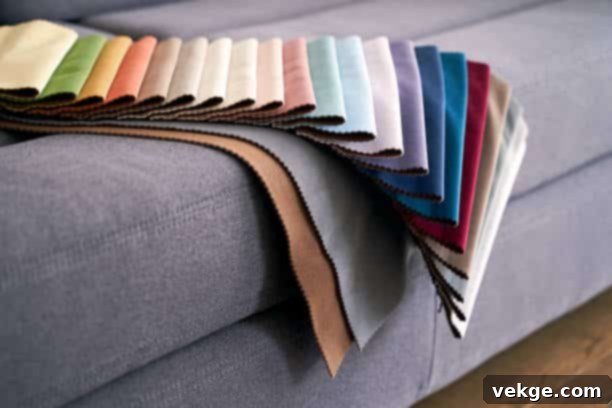
Beyond just the cleaning code, having a foundational understanding of your sofa’s fabric composition is incredibly advantageous. Is your sofa upholstered in a natural fiber like cotton, linen, or wool? These materials are prized for their breathability and comfort but can sometimes be prone to shrinking, staining, or require gentler handling. Or perhaps it’s a synthetic blend such as polyester, microfiber, or nylon, which often boast impressive durability, inherent stain resistance, and generally easier maintenance. Fabrics like genuine leather or luxurious velvet, for example, have very distinct cleaning requirements compared to a standard cotton blend. Knowing your fabric type allows you to anticipate its potential reaction to various cleaning solutions and methods, enabling you to choose the most appropriate, gentle, yet highly effective approach. These initial considerations are not merely suggestions; they form the bedrock of successful sofa cleaning, ultimately saving you considerable time, effort, and potentially costly professional repairs.
Decoding Sofa Cleaning Codes: Your Essential Fabric Care Guide
As emphasized, understanding the cleaning codes provided by your sofa’s manufacturer is absolutely paramount. These codes, typically found on a care label or hang tag, are your authoritative reference for safe and effective cleaning. Let’s delve into each primary code and what it precisely means for your at-home sofa cleaning routine, ensuring you avoid common mistakes and preserve your upholstery.
1. W: Water-Based Cleaning Solutions
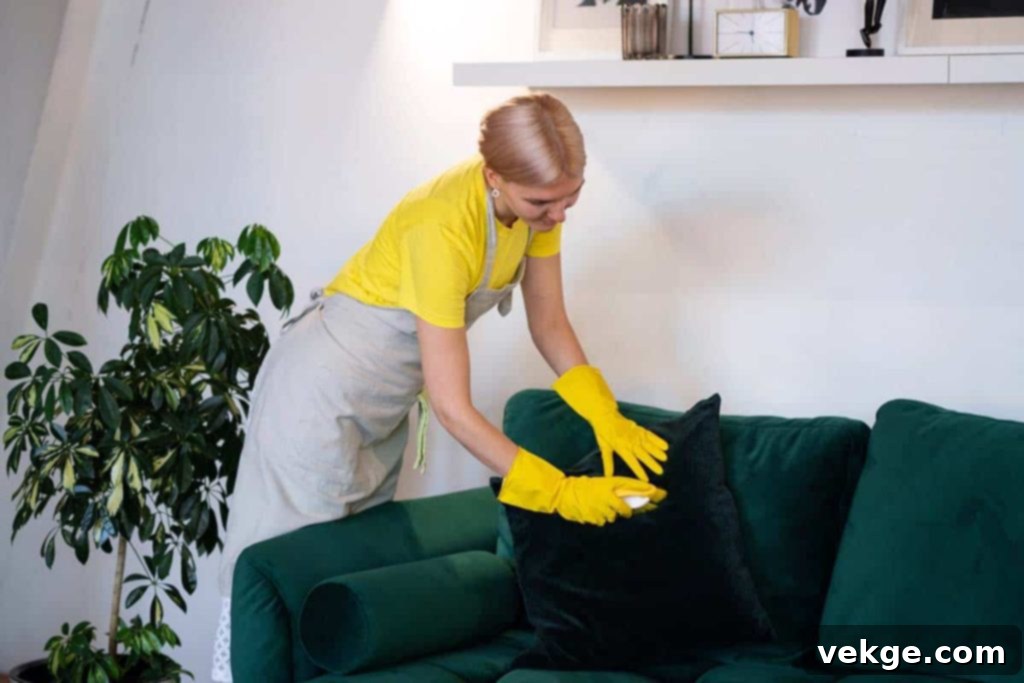
If your sofa’s care tag features a “W” code, you’re in luck – your upholstery is designed to be safely cleaned with water-based solutions! This means you can confidently use distilled water, mild detergents, or commercially available water-based upholstery cleaners. For tackling common stains, a simple yet effective solution can be prepared by mixing a small amount of mild liquid dish soap (look for a clear, pH-neutral formula) with warm water to create gentle suds. Apply these suds (not excessive liquid) with a clean, white cloth or a soft-bristled brush, always blotting the stain gently from the outside inwards to prevent spreading. It’s crucial to use minimal water and allow the fabric to dry thoroughly and naturally to prevent the formation of watermarks or the growth of mildew. As a golden rule for any cleaning method, always perform a patch test on an inconspicuous area first to ensure no adverse reactions occur.
2. S: Solvent Cleaning Solutions Only

An “S” cleaning code signifies that your sofa’s fabric strictly requires solvent-based cleaning agents. This typically means you should use specialized dry-cleaning solvents or water-free cleaning fluids, which are designed to lift stains without introducing moisture. It is absolutely imperative to avoid water-based cleaners on “S” coded fabrics, as water can cause permanent staining, significant shrinkage, or irreversible discoloration. When working with solvents, always ensure the room is exceptionally well-ventilated to safely disperse any fumes. Apply the solvent sparingly with a clean, white, absorbent cloth, gently blotting the affected area. You can also utilize gentle dry brushing techniques for surface dirt or debris. As with all cleaning methods, performing a patch test on a hidden part of the sofa (like the back or underside) is crucial to ensure no adverse reactions or color changes occur. For stubborn or widespread issues on ‘S’ coded fabrics, professional cleaning might be the safest option.
3. W/S: Water and/or Solvent Cleaning
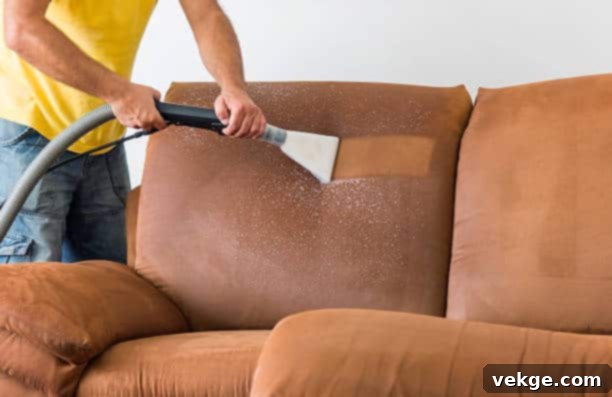
The “W/S” code offers the most flexibility, indicating that your sofa can safely be cleaned using either water-based or solvent-based cleaning solutions, or a combination of both. This versatility makes routine maintenance and stain removal significantly easier, as you can choose the most appropriate method depending on the type and severity of the stain. For general cleaning and water-soluble marks, a mild water-based detergent or an upholstery shampoo specifically designed for this code works effectively. For tougher, greasy, or oil-based stains, a solvent cleaner might prove more efficient. It is always vital to remember to test your chosen cleaner on an inconspicuous area first, regardless of the cleaning code, to ensure it won’t damage or discolor the fabric. This hybrid code is frequently found on durable synthetic blends that are designed for practical household use.
4. X: Dry Cleaning Only (Vacuuming & Brushing)

The “X” cleaning code is the most restrictive and requires the utmost caution. It unequivocally means that your sofa fabric should only be cleaned through dry methods – absolutely no water or solvent-based liquids are permitted under any circumstances. Attempting to use any liquid cleaner on an “X” coded fabric will almost certainly cause irreparable damage, such as severe shrinkage, permanent staining, or a drastic change in the fabric’s texture. For these sensitive types of sofas, your cleaning arsenal should consist primarily of a high-quality vacuum cleaner equipped with an upholstery attachment and a soft-bristled dry brush. Regular and diligent vacuuming is paramount to effectively remove accumulated dust, loose dirt, and other surface debris. If you encounter a stubborn stain on an “X” coded fabric, it is unequivocally recommended to consult a professional upholstery cleaner who specializes in these delicate materials to avoid any irreversible damage. Self-cleaning with liquids is a definite no-go.
Step-by-Step Guide to Deep Cleaning Your Fabric Sofa at Home
With a comprehensive understanding of your sofa’s specific care requirements and cleaning codes, you are now fully prepared to embark on the practical cleaning process. Follow these detailed steps for a thorough, effective, and safe at-home sofa cleaning experience that will leave your furniture looking and feeling revitalized.
1. Prepare Your Space and Begin with Initial Dry Cleaning
Before any cleaning solutions come out, thoroughly prepare your cleaning area. Start by clearing the entire space around your sofa, removing all cushions, throw pillows, blankets, and any items from nearby tables. If feasible, gently move the sofa away from walls to ensure you have unrestricted access to all sides, including the back and hidden areas. Your first crucial step is a comprehensive dry cleaning of the entire sofa. Use a powerful vacuum cleaner equipped with an upholstery attachment for the main surfaces and a crevice tool to meticulously reach into tight spots, folds, seams, and underneath the cushions. This initial dry cleaning is absolutely vital for removing loose dirt, accumulated dust, stubborn pet hair, annoying food crumbs, and other granular debris that would become much harder to remove once wet. Don’t overlook the back and sides, as dust and allergens can accumulate there just as easily.
2. Clean Removable Sofa Covers (If Applicable and Permitted)

If your sofa features removable cushion covers and their specific cleaning code allows for water-based cleaning (W or W/S), you can machine wash them for a truly fresh result. Always double-check the care label stitched inside each cover for precise instructions regarding temperature settings (cold water is usually safest), and cycle recommendations (a gentle or delicate cycle is almost always preferred). Use a mild, pH-neutral detergent to prevent any potential damage or discoloration to the fabric. For ‘S’ coded removable covers, a specialized at-home dry-cleaning kit might be an option, or professional dry cleaning is strongly recommended. Under no circumstances should you machine wash ‘S’ or ‘X’ coded covers, as this will lead to irreparable harm. After washing, ensure to air dry the covers completely, ideally laid flat or hung, to prevent shrinkage or the development of mildew, gently reshaping them as needed while they are still slightly damp.
3. Tackle Stains and Perform Targeted Spot Treatment
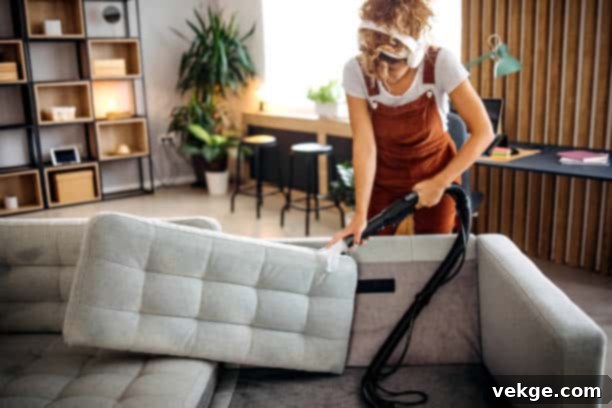
Once all loose debris has been thoroughly removed, it’s time to strategically address any visible stains or heavily soiled areas on the fixed fabric parts of your sofa. Remember the golden rule: always perform a spot test on an inconspicuous area (like the back or underside) first with your chosen cleaning solution, regardless of the cleaning code. For ‘W’ or ‘W/S’ coded fabrics, prepare a gentle cleaning solution by mixing a small amount of mild, clear liquid dish soap with warm water to create a bubbly, sudsy mixture. Apply only the suds (avoiding excessive liquid) with a clean, white, absorbent cloth or sponge, gently blotting the stain from the outer edges inwards. This technique helps prevent the stain from spreading. Absolutely avoid harsh scrubbing, which can damage delicate fabric fibers or ingrain the stain further. For ‘S’ or ‘W/S’ coded fabrics with greasy or oil-based stains, use an appropriate solvent-based cleaner, applying it sparingly with a clean cloth and blotting. For any dirt or grime on non-fabric components like wooden or metal frames, a separate damp cloth with a mild cleaner specific to that material can be used, ensuring no liquid accidentally drips onto the upholstery.
4. Deep Clean with a Steamer or Neutralize Odors
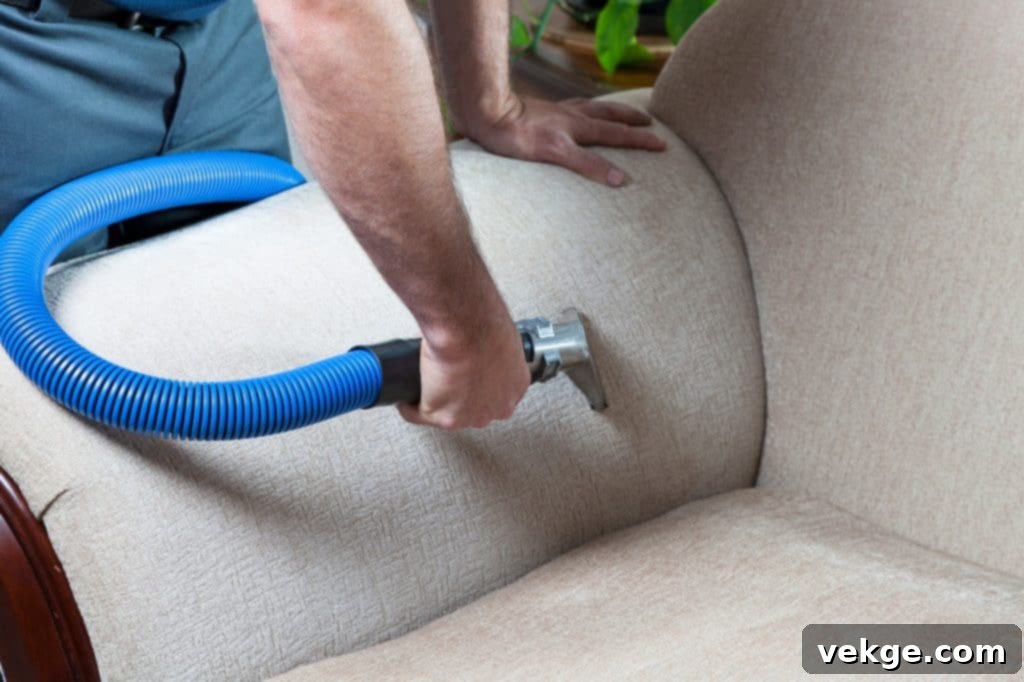
For ‘W’ or ‘W/S’ coded sofas, steam cleaning can provide an exceptionally powerful deep clean, effectively sanitizing the fabric, loosening embedded dirt, and tackling odors. If you own a handheld fabric steamer or an upholstery steam cleaner, carefully follow its specific instructions, moving the nozzle slowly and steadily over the fabric to allow the hot steam to penetrate deeply. Exercise caution not to over-wet the fabric, as this can prolong drying times and lead to other issues. Crucially, never, under any circumstances, use a steam cleaner on ‘S’ or ‘X’ coded fabrics, as the introduction of moisture (even steam) can cause irreparable damage. If you don’t have a steamer, or if your sofa is ‘S’ or ‘X’ coded but you still want to refresh it and eliminate lingering odors, baking soda is a phenomenal natural alternative. Sprinkle a generous, even layer of baking soda over the entire fabric surface, let it sit for at least 30 minutes (or ideally several hours, or even overnight for deeply embedded odors), and then thoroughly vacuum it up using your upholstery attachment.
5. Allow for Complete Drying and Apply Final Touches

This final step is every bit as critical as the cleaning process itself. Proper and thorough drying is essential to prevent the development of mold, mildew, unpleasant lingering odors, and watermarks. If you’ve used any liquid cleaning solutions, gently blot up as much excess moisture as possible with clean, dry cotton towels. To expedite the drying process, open windows, use oscillating fans, or run a dehumidifier to maximize air circulation in the room. Avoid sitting on the sofa or replacing cushions until every part of the fabric is completely dry to the touch, which can take anywhere from several hours to a full day depending on humidity and how much liquid was used. Once your sofa is completely dry, fluff the cushions and artfully reassemble them. You might also consider applying a fabric protector, especially if your sofa is situated in a high-traffic area, as this can help repel future spills and stains. Always follow the protector’s specific application instructions and perform a spot test first. Now, you have an immaculate, refreshed sofa, ready to be enjoyed once more!
Conclusion: Reclaim and Enjoy Your Freshly Cleaned Sofa!
A beautiful, clean, and well-maintained sofa truly serves as the heart of any living room, offering both unparalleled comfort and significant style. While the initial thought of deep cleaning it yourself can feel overwhelming, by diligently understanding your sofa’s specific fabric type and its corresponding cleaning codes, and by following a methodical, step-by-step approach, you are more than capable of achieving professional-level results right in the comfort of your own home. From thorough vacuuming and targeted spot treatments to more intensive steam cleaning or effective odor neutralization with natural solutions like baking soda, the necessary tools and techniques are readily accessible and surprisingly easy to implement.
Always remember that consistent, regular maintenance is the absolute key to significantly extending the life, preserving the beauty, and maintaining the hygiene of your beloved sofa. A little dedicated effort goes an immensely long way in keeping it perpetually fresh, inviting, and a source of pride in your home. Don’t shy away from taking on this rewarding task – with our comprehensive guide, you are now fully equipped with all the essential knowledge and practical steps required to transform your fabric sofa from dull and dreary to dazzling and pristine.
How do you prefer to clean your sofa at home? Do you have any secret tips, clever tricks, or unique solutions that have worked wonders for you and your upholstery? We’d love to hear from you! Please share your valuable insights and experiences in the comments below – your contributions could help fellow homeowners achieve their own spotless sofa success!
